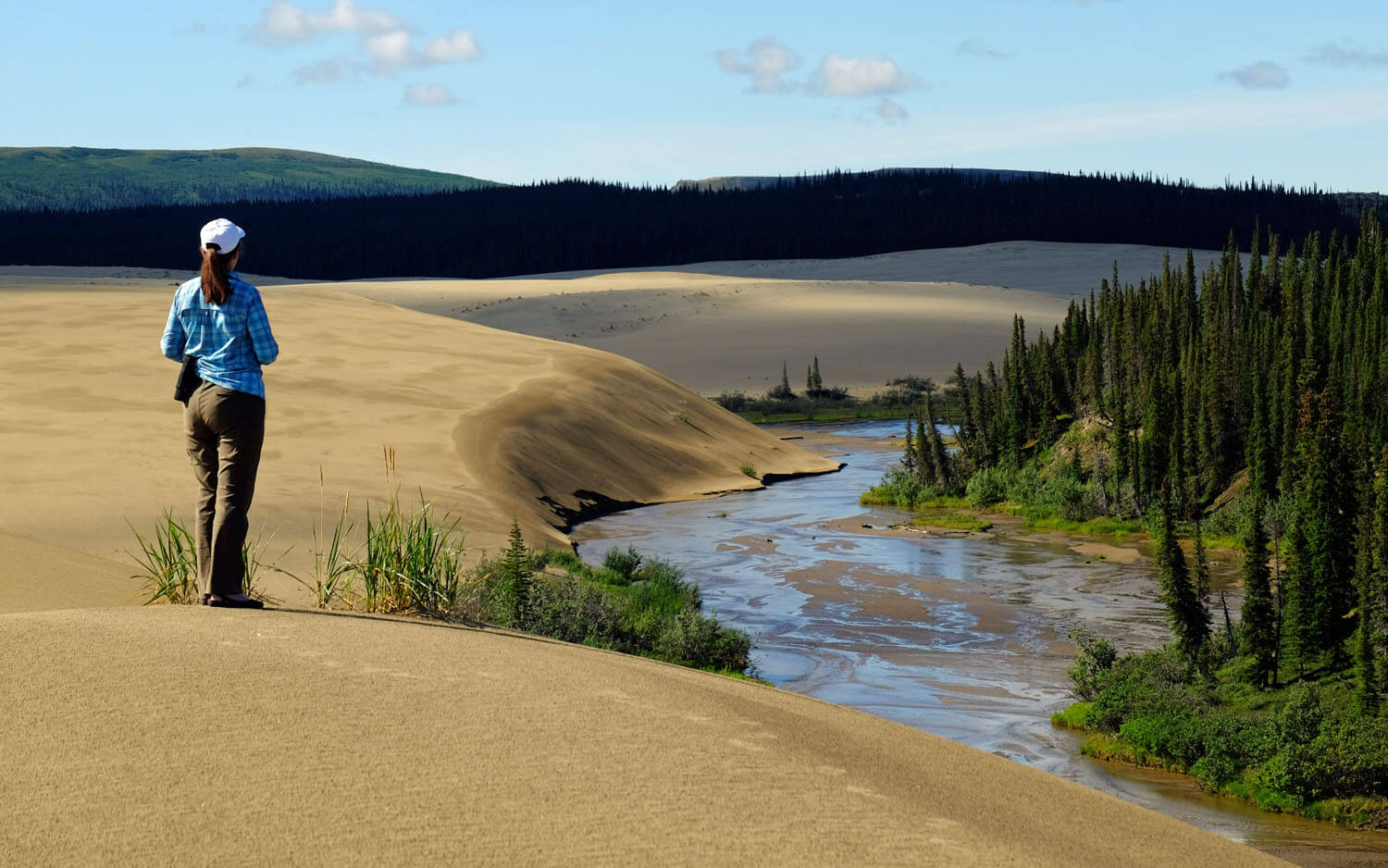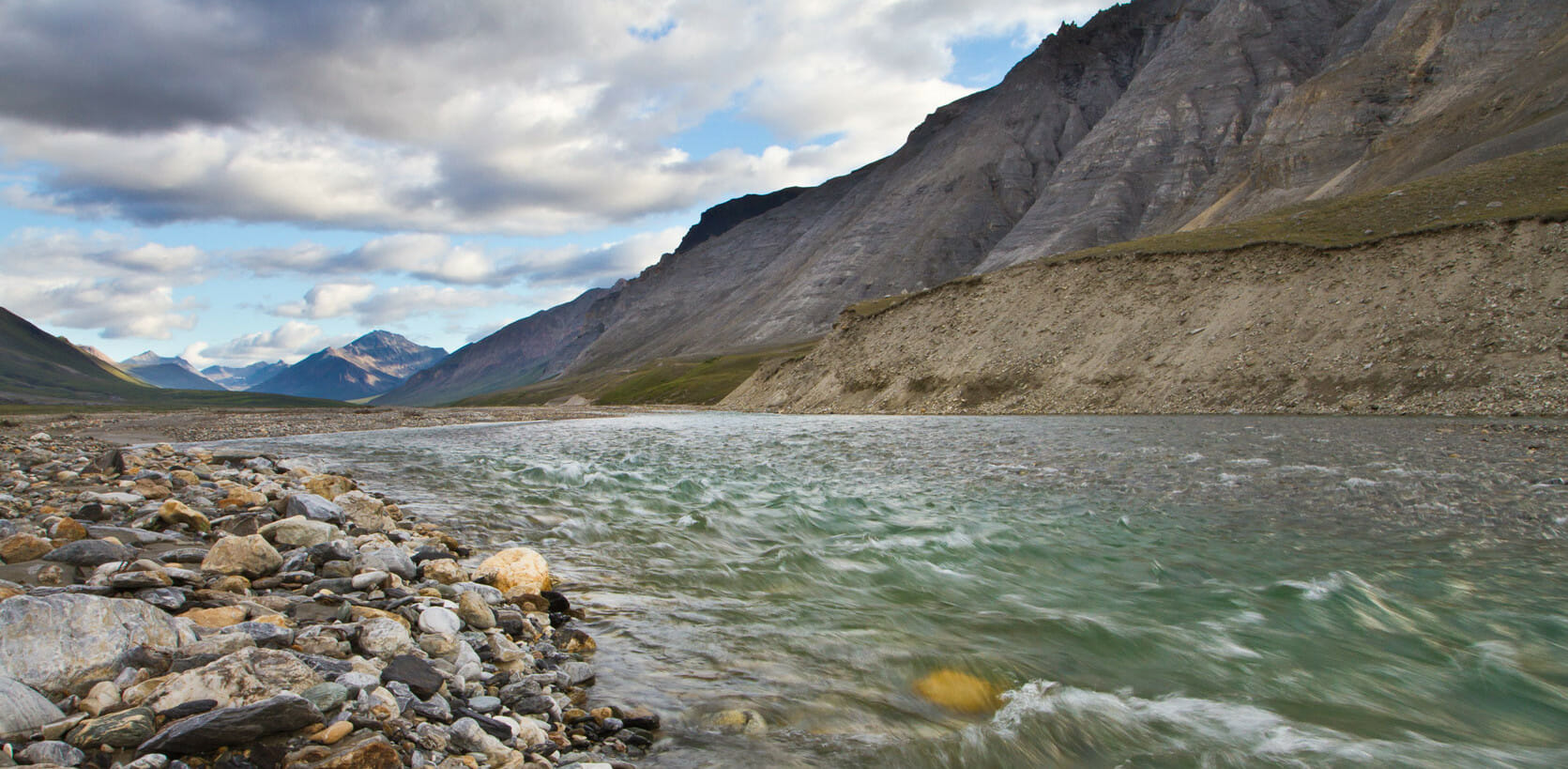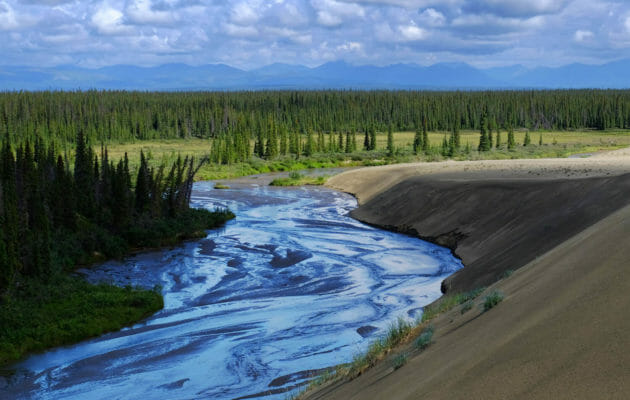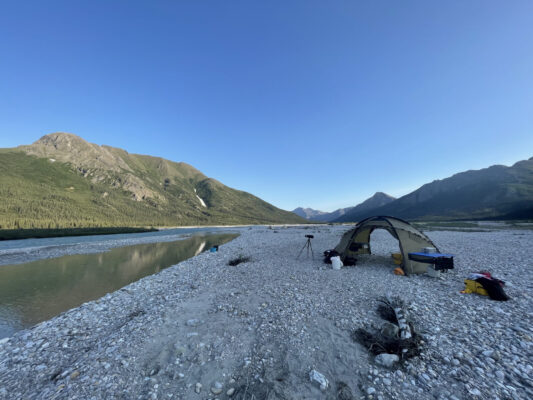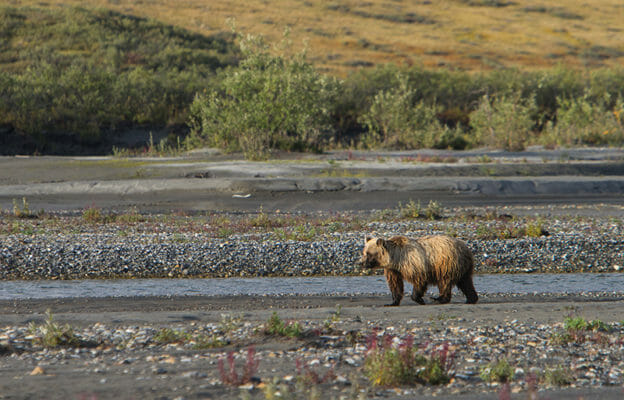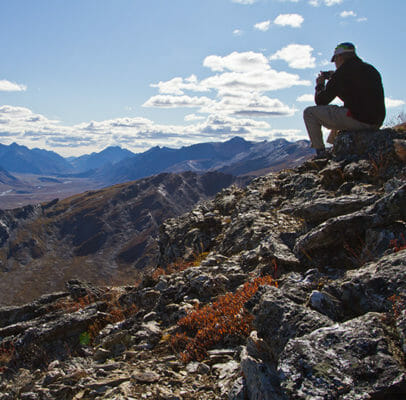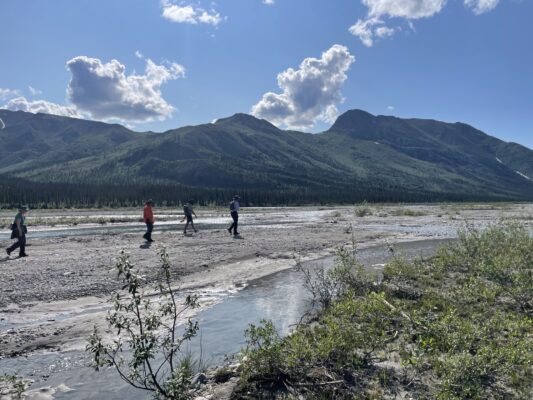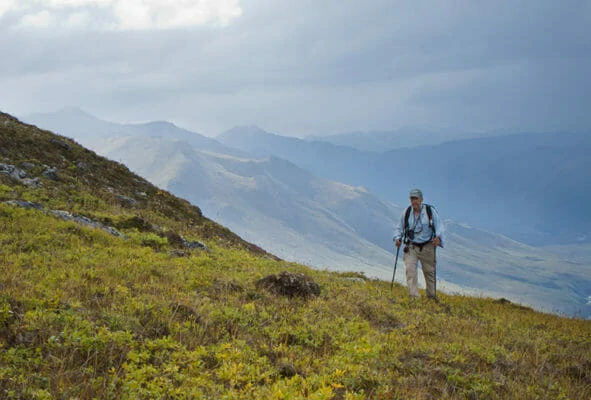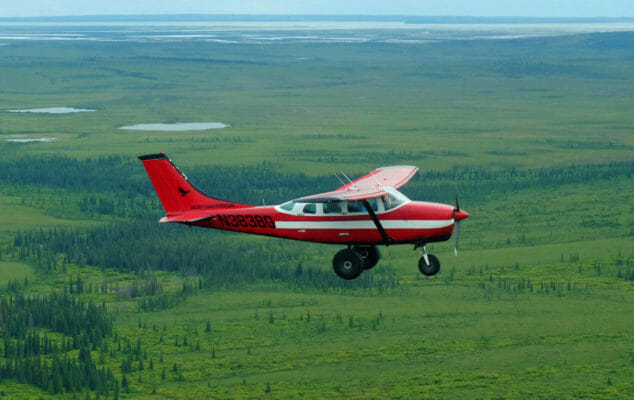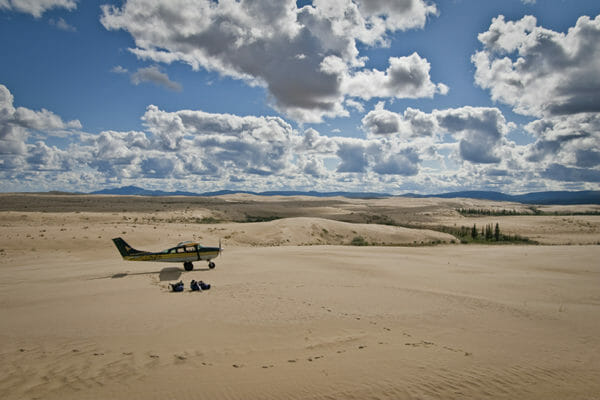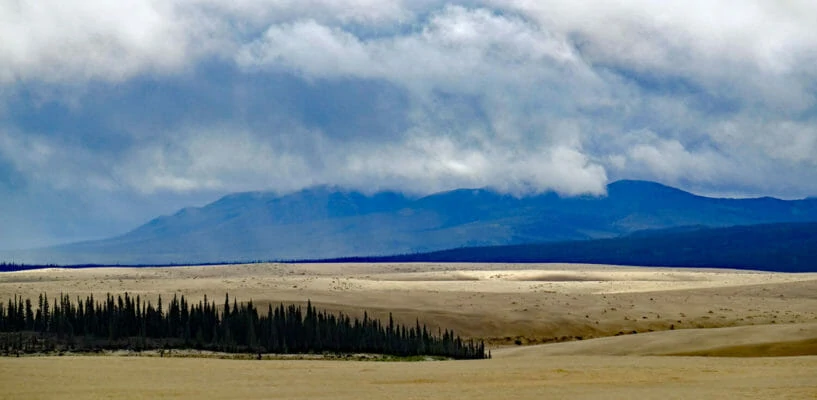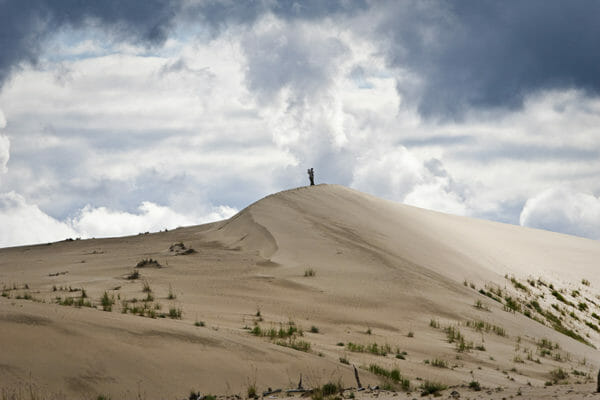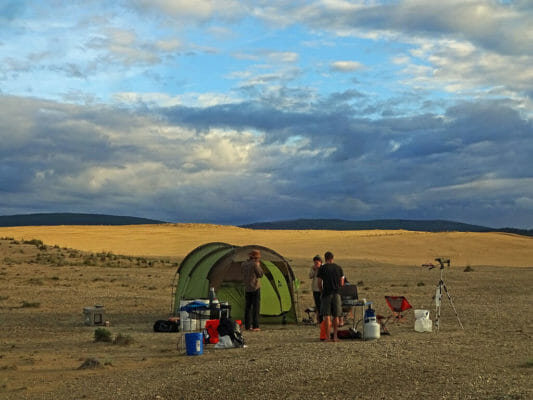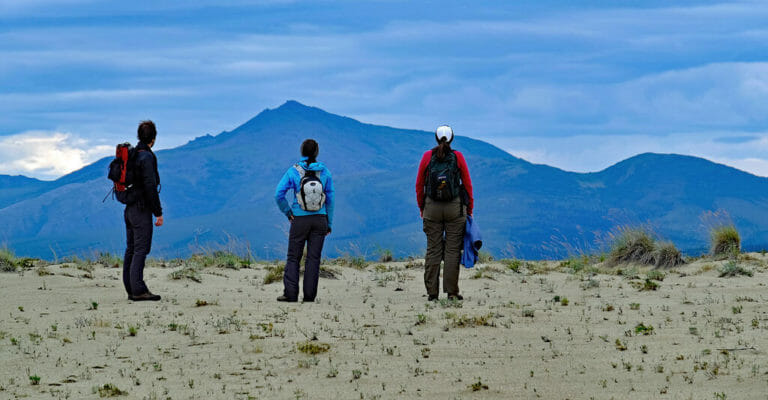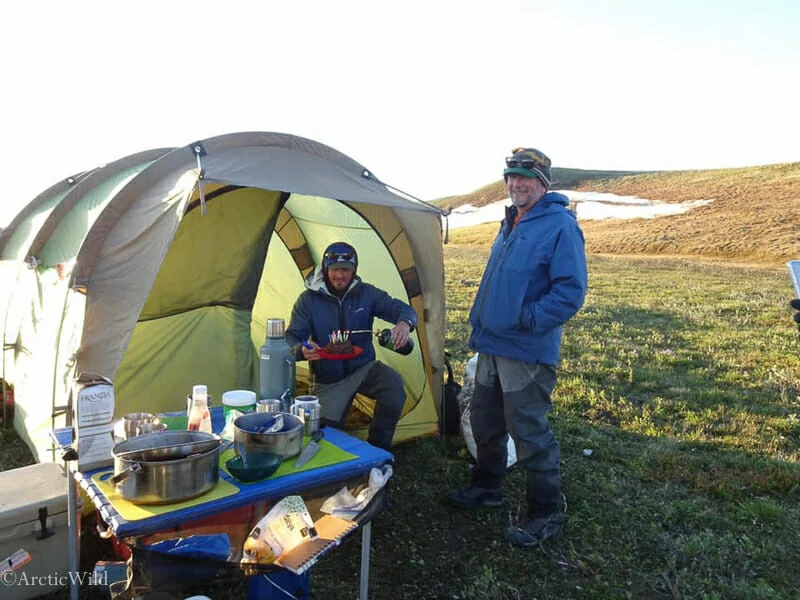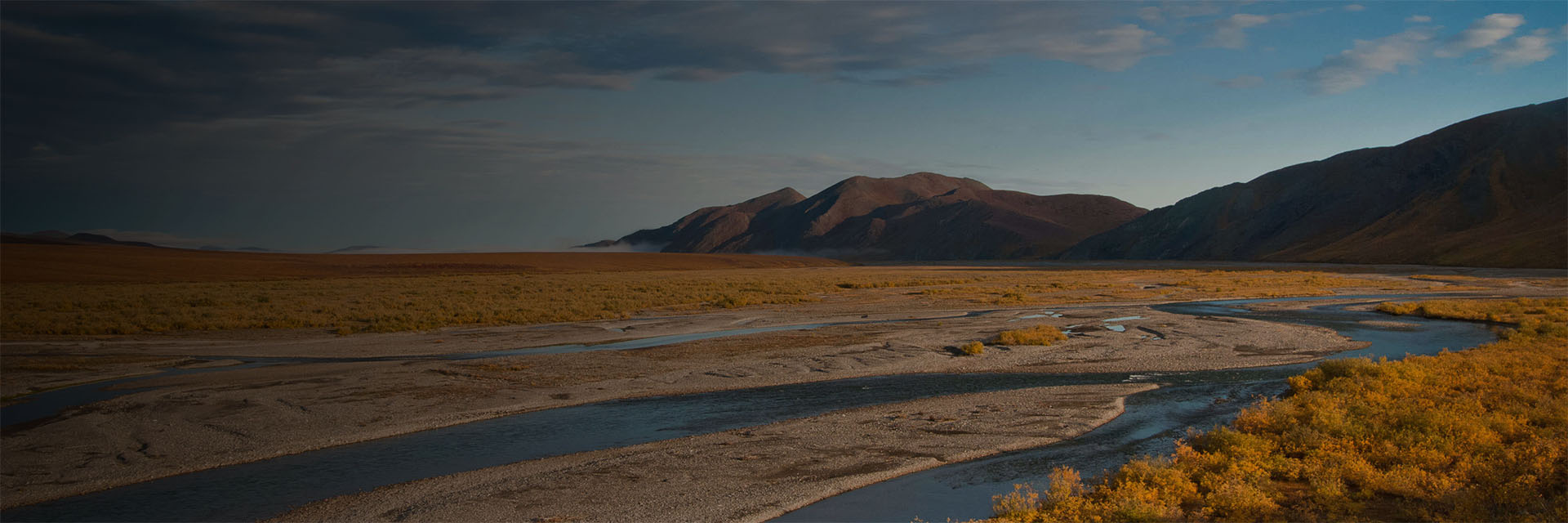Last updated: December 1, 2023
Itinerary
What follows is a general flow of events. Expect the unexpected and prepare to be flexible.
July 13
After seeing the sights in Kotzebue and collecting park stamps at the Western Arctic Parklands visitors center, meet your guide for a pre-trip meeting at 6:45 pm in Kotzebue.
July 14
Fly from the Inupiat village of Kotzebue on the Chukchi Sea up the Kobuk River. We will fly right into the heart of the Kobuk Dunes. Once we unload we may have to carry our gear a ways to access fresh drinking water but then we can go and explore the dunes, springs and sand flats. Welcome to the Arctic.
July 15
A full day to enjoy the dunes. Moose, wolves and fox all frequent the dunes as do a great number of birds. We will see their tracks even if we don’t see them. The sand constantly shifts and swirls. There are springs coming right out of the sand and great expanses where nothing seems to live. The hiking is soft in places but great distances can be covered if you are so inclined. Swim in the ponds, look for wolf dens, slide down the tallest dunes, or just stretch out your beach towel and parasol.
July 16
We await the pilot’s return and weather permitting he arrives late morning. Then we load our gear and head north into Gates of the Arctic National Park. Landing on a gravel bar near a clear fast river we will unload and set up camp. We spend the afternoon and evening settling in, learning the birds and plants, and planning the next day’s adventure.
(Please note that landing areas in the wilderness are ephemeral. Some years our landing strip has been just barely outside the National Park Boundary. We strive to use a landing area within the Park but there is some chance you’ll camp near the Park Boundary and will hike to the Park. From the ground it is all spectacular wilderness!)
July 17
A full day to explore and enjoy Gates of the Arctic. Your desires help govern our activities. We can hike to deeper part of the river and try some fishing, ascend the nearest peak and watch Dall Sheep grazing, or plan a big loop hike, up one drainage and down the other. With 24 hours of daylight and more wilderness than we could explore in a lifetime, our energy and imagination are the only limits to what our day in the wilderness will hold.
July 18
Weather permitting, our bush plane will arrive to fly us back to “civilization”. We plan to arrive back in Kotzebue by early evening. Empty sand from boots and take a shower.




